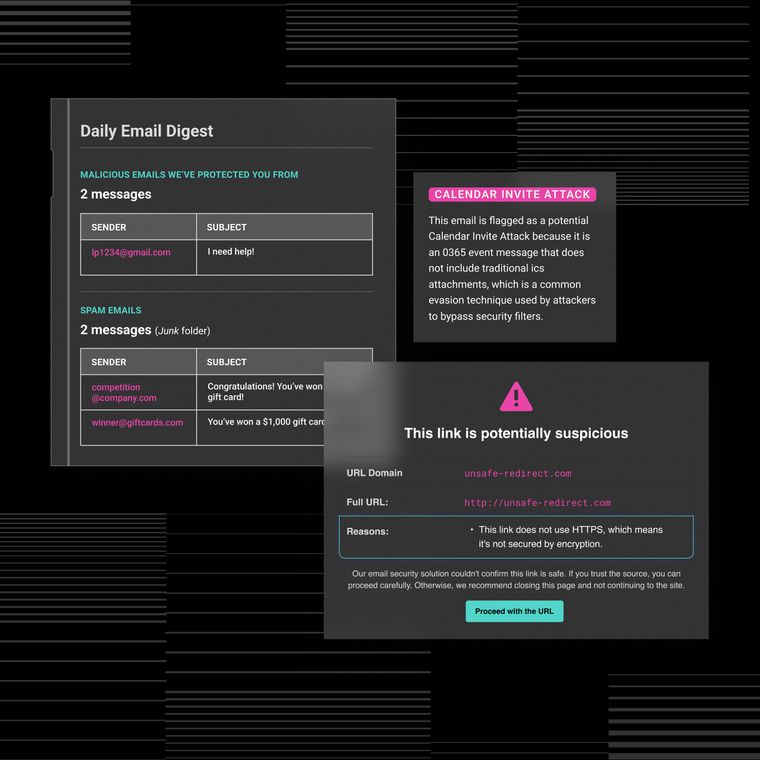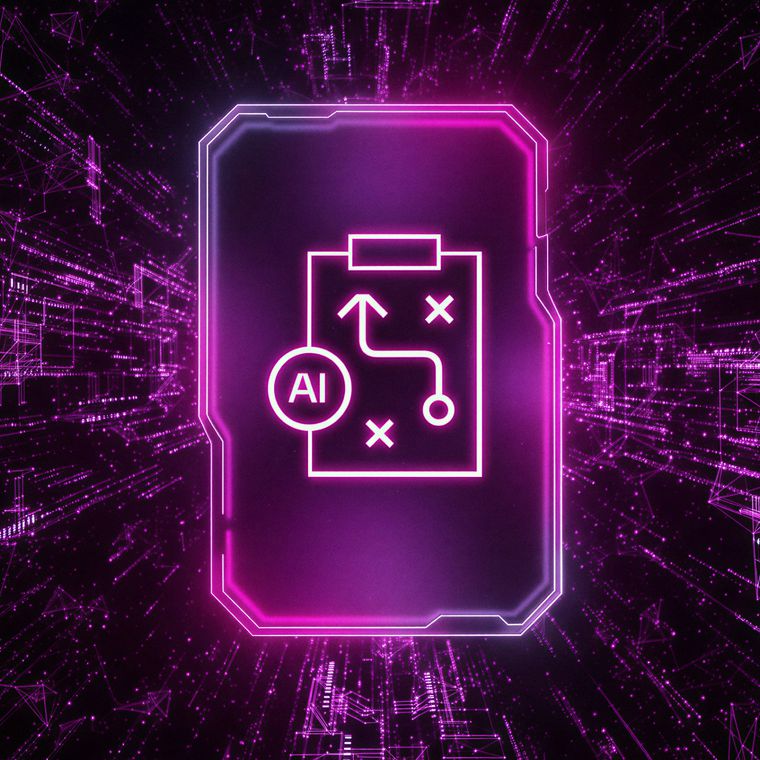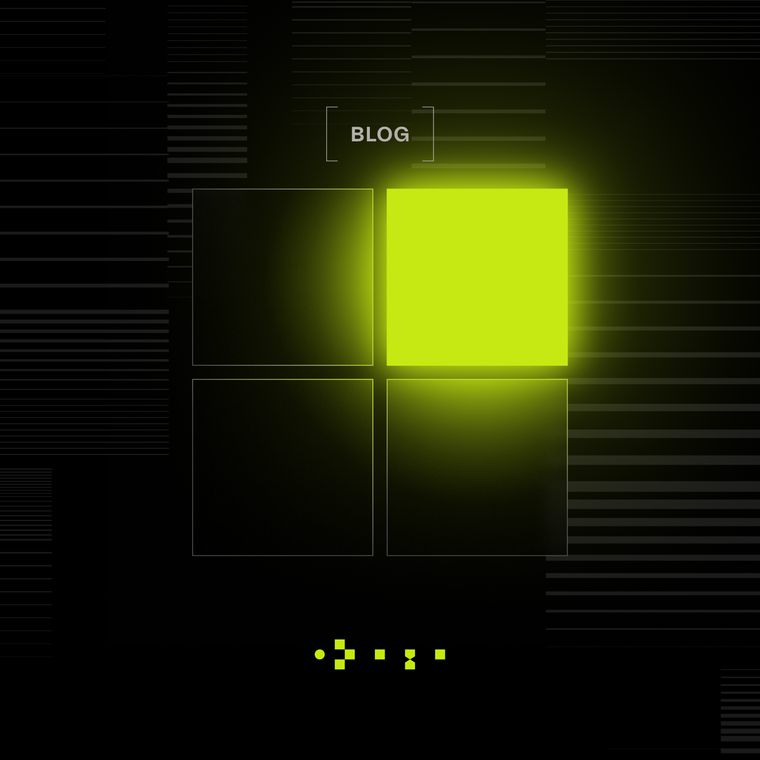The SOC Mindset: Cybersecurity Awareness Tips From the Frontline
Discover how the SOC mindset that separates reactive teams from resilient defenders, with cybersecurity awareness tips from industry leaders who blend empathy, automation, and continuous learning to strengthen human-centered security.
October 13, 2025
/
8 min read

Every click, download, or login represents a decision that shapes your organization’s security.
Inside the security operations center (SOC), those decisions happen thousands of times a day. Analysts sift through alerts, investigate anomalies, and respond to threats that move faster and act smarter than ever before. But the real differentiator between teams that simply react and those that truly defend isn’t just the technology it’s also the mindset.
From the conversations in SOC Unlocked: Tales from the Cybersecurity Frontline, four security leaders—Patricia Titus, Lisa Tetrault, Steven Dumolt, and Marty McDonald—share what the SOC mindset really looks like in practice. Their experiences show that the most effective defenders pair precision with empathy, automation with judgment, and vigilance with continuous learning.
Here are five ways to think like the experts on the front lines.
1. People Aren’t the Weakest Link—They’re the Constant Variable
Patricia Titus, a longtime CISO and security leader, believes that security failures often stem not just from technology gaps, but from human ones. “Everyone is under pressure,” she explained. “And when people are working under pressure, people make mistakes.”
Her advice isn’t to replace people with machines, but to understand them better. Humans remain both the biggest vulnerability and the greatest strength in any security program. Titus recalled being told early in her career to “stop using people as your first line of defense.” That’s because fatigue, multitasking, and even good intentions can lead to errors especially when technology doesn’t support human performance.
Security awareness, then, isn’t about blame. It’s about creating systems that anticipate human behavior and minimize the opportunity for error. The SOC mindset assumes that people will make mistakes and designs workflows, alerts, and communication channels that make recovery faster and learning continuous.
2. Verify, Don’t Assume: The Habit of Constant Validation
In every SOC, verification is the default state. Analysts don’t assume an alert is malicious or a false positive; they investigate until it’s proven. That same principle applies to daily digital life.
Lisa Tetrault, Senior Vice President of Security Services at Arctic Wolf, explained that AI-generated phishing and social engineering are now so sophisticated that they can “rival what used to require nation-state capabilities.” Attackers clone voices, craft convincing messages, and build fake urgency. “Let’s not get ahead of our skis,” she said. “AI is a fantastic tool, but it’s not replacing humans anytime soon.”
Automation helps with scale, but it can’t replace human judgment. Staying safe requires slowing down—hovering over links, confirming requests, and trusting instincts. Verification is the most transferable SOC skill there is. It’s what separates thoughtful action from reactive behavior.
3. Culture Is the Most Advanced Technology You Have
A strong SOC doesn’t just manage threats—it manages people. Tetrault shared that one of her top priorities is reducing burnout by building a culture that values variety, recognition, and community. Analysts at her organization rotate roles, take certification paths across different specialties, and even earn small, symbolic rewards like Lego bricks to mark milestones and major wins.
“Culture isn’t an Easy-Bake Oven,” she said. “You can’t just do it once and you’re done—you have to lean in, every single day.”
That lesson applies well beyond the SOC. Awareness campaigns fade, but culture sticks when people feel ownership and pride in security outcomes. Encouraging open communication—reporting suspicious behavior, asking questions, admitting mistakes—creates trust. And trust, as every SOC leader knows, is the foundation of resilience.
4. Automate the Work, Not the Thinking
While automation streamlines workflows and saves valuable time, it must be applied thoughtfully and with clear intent.
Steven Dumolt, Senior Security Engineer at Veeva, lives that balance daily. His team automates data collection across systems so analysts don’t waste time pulling logs or looking up IPs, but human analysts still make the decisions. “Data collection should always be automated,” he said. “But when it comes to making decisions, that’s still a human call.”
Automation works best when it removes repetitive tasks and creates consistency, not when it replaces discernment. Dumolt warns against letting “if-this-then-that” scripts make final calls on what’s safe or suspicious. Context still matters and context comes from people who understand how the business works.
Marty McDonald, Optiv’s Principal Domain Advisor who’s helped modernize dozens of SOCs, agrees. He draws a distinction between task automation, which handles one step at a time, and process automation, which understands goals and outcomes. “If you can’t tell a story with data,” he said, “you’re never going to get anywhere in this business.” Automation, in other words, should make space for analysts to focus on that story, the why behind every alert.
5. Learn Continuously, One Step at a Time
Every leader interviewed on SOC Unlocked emphasized that building strong security isn’t a one-time project, it’s a practice.
McDonald put it plainly: “We talk a lot about shiny new tools, but the fundamentals still win. If we don’t get those right, the rest doesn’t matter.”
SOC success doesn’t come from massive overhauls, it comes from small, steady improvements. Tuning detections. Testing playbooks. Running tabletop exercises to uncover the unknowns before they find you.
Titus echoed that philosophy in career advice that also applies to awareness: “If you want something, ask for it.” Learning doesn’t happen passively. It takes curiosity, the same trait Dumolt says defines the best analysts. Curiosity is how analysts evolve from reacting to preventing, and how organizations build awareness that actually changes behavior.
The Mindset That Protects Everything
Security is, at its core, human work. It’s powered by people who think critically, act quickly, and make decisions under pressure. Their success depends on trust—in their systems, in their teammates, and in themselves. In every SOC, that trust fuels a mindset defined by curiosity, collaboration, and composure when it matters most.
Learn more cybersecurity awareness tips from the frontline by tuning in to SOC Unlocked!
Related Posts
Get the Latest Email Security Insights
Subscribe to our newsletter to receive updates on the latest attacks and new trends in the email threat landscape.


